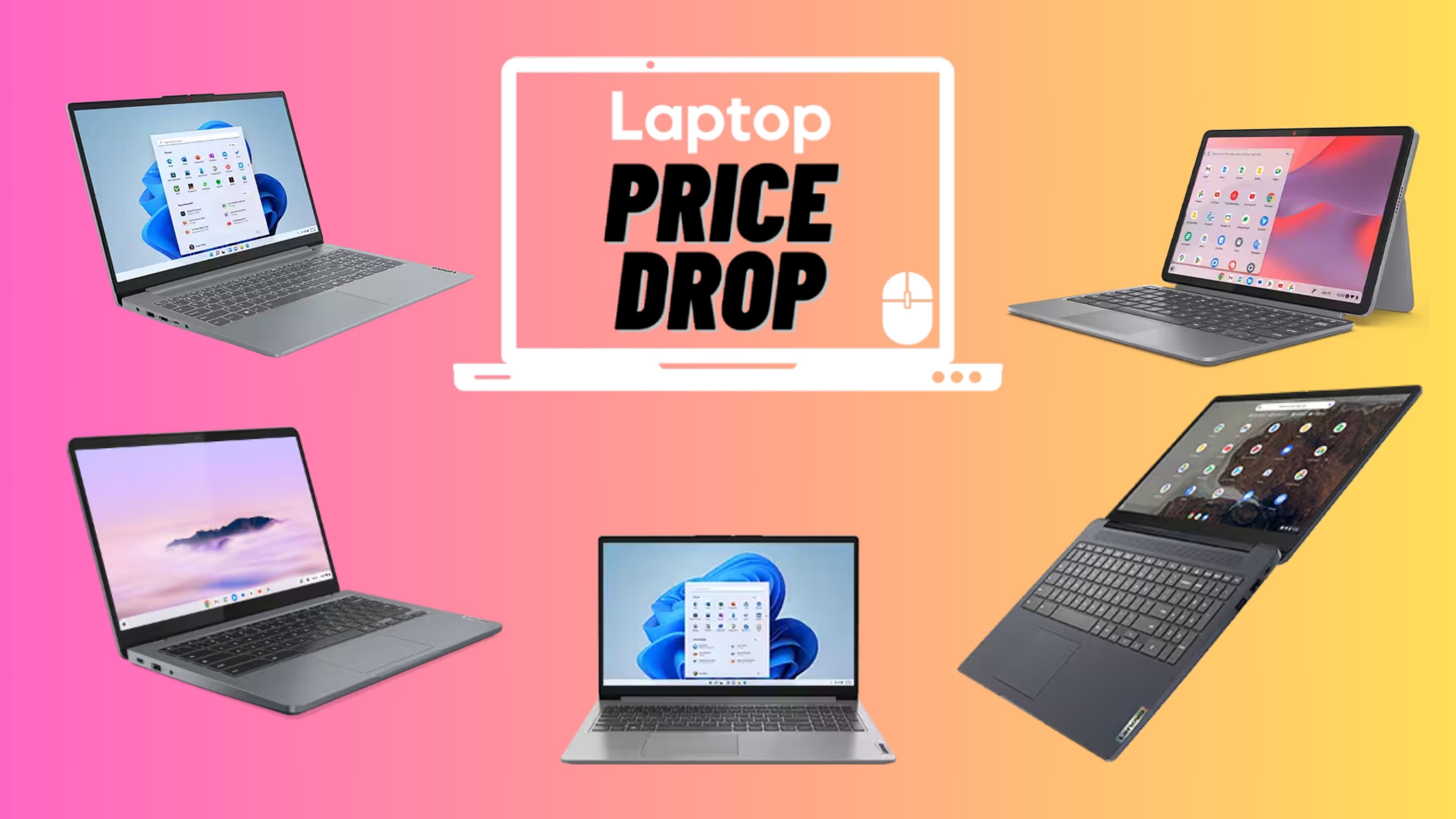Can the ROG Ally X's AMD Fluid Motion Frames 2 update actually double your framerate? We tested it to see!
Is AFMF 2 worth the hype?

Asus is soon to release a new update for the Asus ROG Ally X including compatibility with AMD's Fluid Motion Frames 2 technology, which can artificially boost the fps (frames-per-second) count in games by more than double.
AMD Fluid Motion Frames 2 is an AI-powered frame generation technology designed to improve smoothness. While it officially launched in October, it still hasn't made its way to certain hardware, as a specific BIOS update is necessary for the feature to work.
That's slowly changing as more hardware becomes compatible with the feature, and the Asus ROG Ally X is expected to receive this update at 11 a.m. Eastern on Thursday.
But is the feature actually worthwhile? I've been using a beta version of the update to see for myself. Let's jump into my results with AMD Fluid Motion Frames 2 for the Asus ROG Ally X!
What is AMD Fluid Motion Frames and what does the second version change?
If you've ever heard of "frame interpolation," then that is essentially what AMD Fluid Motion Frames is: Frames are generated through a post-processing technology to create the appearance of a higher framerate. It's more accurate to say that your GPU is doing some work to trick your eye, and there are some noticeable drawbacks to this (especially for keen gamers), but it can be pretty effective in some cases.
AMD advertises the feature as capable of more than doubling frame rates in games like Baldur's Gate III, with the AMD Radeon RX 7900 XT GPU capable of turning 97 fps into 249 fps.
If this sounds too good to be true, that's because, in some ways, it is. The frames generated by this technology aren't actually "real," as the additional frames are created based on the information of the frames surrounding them.
Stay in the know with Laptop Mag
Get our in-depth reviews, helpful tips, great deals, and the biggest news stories delivered to your inbox.

Essentially, if 30 frames play within a second, you can more than double that framerate by inserting a blended frame between each "real" frame to make it appear smoother. The results appear smoother to the eye, but it's not without its drawbacks. This process can cause artifacts, like artificial blurriness or an awkward jitter visible within fast-moving objects on the screen.
AMD Fluid Motion Frames 2 improves upon the technology with fast motion optimization, alongside AI-optimized modes called Search Mode and Performance Mode. Search Mode is designed to increase smoothness during scenes with lots of motion, with options between Auto, Standard, and High. Performance mode is best if you're okay with reducing image quality for potentially increased frames, with options between Auto, Performance, and Quality.
We used a beta version of the update in our testing, but once it's live, you can access the update through Armoury Crate by pressing the bottom right menu button on your Asus ROG Ally X. From here, select the Cog Icon at the top, then Update Center at the center-left. Then, update everything you see in this menu.
Once you do so, open the AMD Software application and head to Gaming at the top, then Graphics, and enable AMD Fluid Motion Frames 2.
Keep in mind, you might have to restart your device and update your BIOS.
But, how exactly does AMD Fluid Motion Frames 2 actually work?
Is AMD Fluid Motion Frames 2 on the Asus ROG Ally X worth it?
The effects of any fluid motion settings, especially AMD's Fluid Motion Frames 2, cannot be seen when tracking the performance of the game itself. Regardless of whether I had AMD Fluid Motion Frames 2 on or off, I was hovering around 30 fps in Elden Ring, according to Steam.
The benefits of the feature are largely based on preference and rely entirely on your own opinion. You can track the framerate improvements through AMD Adrenalin, which takes the frame interpolation into account, but you're not actually getting a faster framerate, just a "smoothing" effect when moving from one frame to the next.
I tested AMD's AFMF technology back on the Asus ROG Ally and was largely unimpressed by how little an improvement I noticed when compared to the future being off. In particular, games like Elden Ring that were already running at 30 fps saw almost no improvements, while games running at higher frames did look a little better.
Ultimately, I recommended against using AMD Fluid Motion Frames, as the improvement was so marginal that I couldn't see it helping most gamers.
I came into my testing with all of this in mind and partially expected my thoughts on AFMF2 to sit within a similar realm of disappointment. However, after launching Elden Ring: Shadow of the Erdtree and battling enemies across a plains area, I was impressed at how well the technology combatted the often janky look of playing at 30 frames per second.

Within the AMD Adrenalin application, my frame rate was logged as hovering between 60 to 65 fps. When I tested the original version of this feature, even though it was logging framerates nearly double what Steam suggested, I simply couldn't see the difference with my eyes.
This time, however, AMD Fluid Motion Frames 2 looked like it was providing the framerates it suggested. I was shocked at how smoothly the game was performing. Even when there were slowdowns, they were quickly addressed by the frame generation and were only slightly noticeable.
Does it look as smooth as a game natively running at 60 fps versus 30 fps? Unfortunately, it does not. The frame interpolation technology is definitely present, with objects looking like they have this "smoothing" effect that can appear a bit fuzzy or blurry. Regardless, it still looks infinitely better than just playing at 30 fps, and I was shocked by how good it looks.
I did experience a bug where AMD Adrenalin would freeze up and need to be restarted whenever I tried to swap between tabs after launching Elden Ring, but hopefully, this will be ironed out with the full release.
More from Laptop Mag

Self-described art critic and unabashedly pretentious, Claire finds joy in impassioned ramblings about her closeness to video games. She has a bachelor’s degree in Journalism & Media Studies from Brooklyn College and five years of experience in entertainment journalism. Claire is a stalwart defender of the importance found in subjectivity and spends most days overwhelmed with excitement for the past, present and future of gaming. When she isn't writing or playing Dark Souls, she can be found eating chicken fettuccine alfredo and watching anime.
